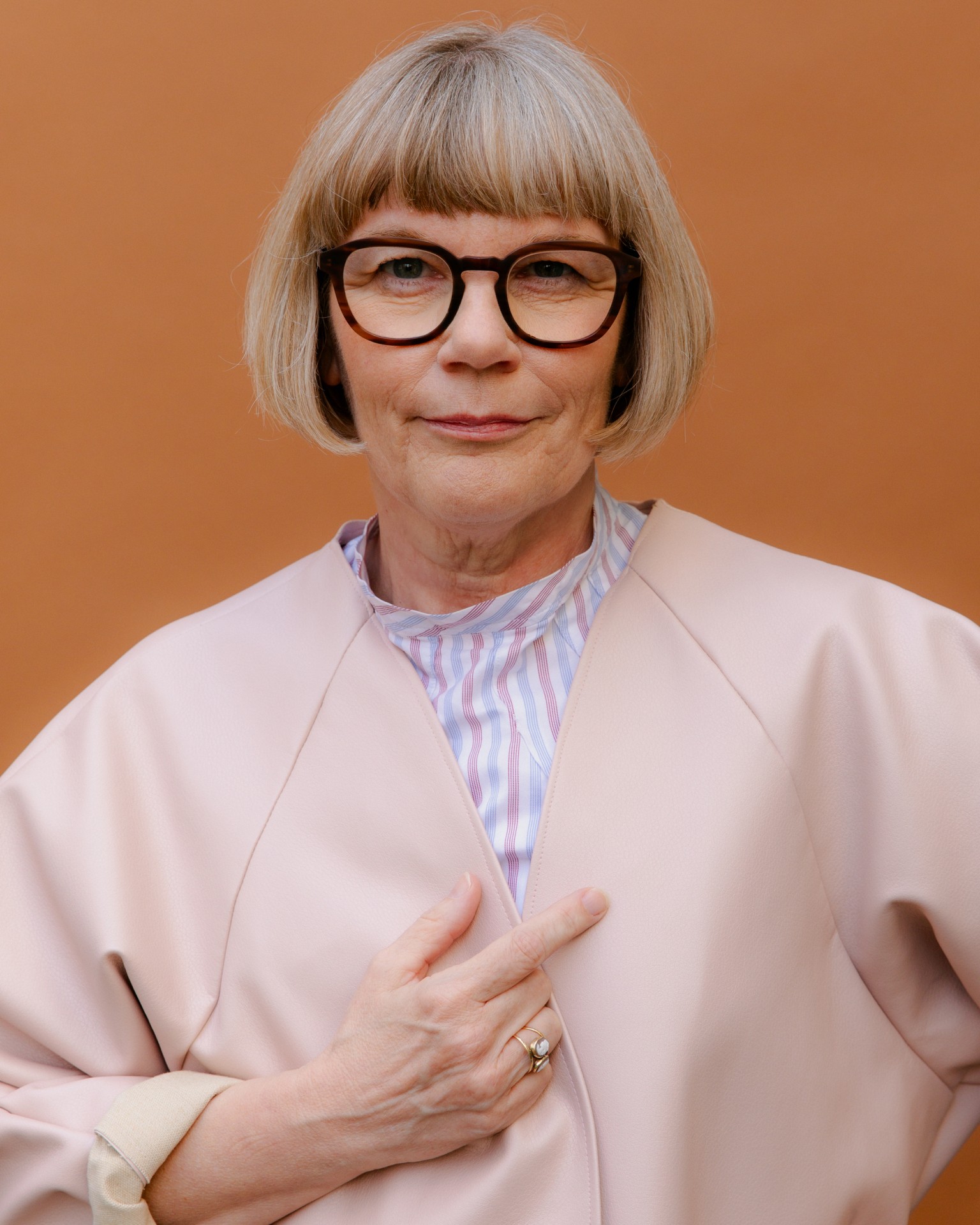For a long time things went pretty quiet around Terence Koh. After the tremendous hype that surrounded him, the shooting star withdrew entirely from the art world. His last exhibition in New York was back in 2011 at the Mary Boone Gallery. Frankfurt also had its share of this hype. By way of a reminder: He could be seen at the SCHIRN back in 2008 with the radiant white installation “Captain Buddha”. He also travelled around the world with his decadent jet-black or clinically white installations, enlivened with provocative performances that frequently involved an element of excess.

He even designed a piano for Lady Gaga and went on tour with her. Then, in a complete transformation, the gay Asian punk boy in Balenciaga became someone entirely different. At first I thought I was mistaken when I ran into him in his blue farmer-style dungarees in the Whole Foods Market of New York’s Lower East Side. But it really was him. He had moved from New York to the Catskill Mountains in Upstate New York, and he told me enthusiastically about an installation he was experimenting with there, which primarily made use of live bees. It all sounded surprisingly different.
Beyond the hype and the market
Now this very installation can be seen in the new rooms of the Andrew Edlin Gallery on the Bowery in the once again hip gallery district surrounding the New Museum. That’s something else that’s surprising, since the Edlin Gallery is known primarily for its competence in the field of outsider art. Andrew Edlin is director of the Outsider Art Fair, after all. Yet it is in this gallery that Koh has now built his “bee chapel” and is experiencing a dazzling comeback drawing huge attention. Everyone is there, and more than a few are writing about it: from Artforum to Art in America, from Interview Magazine to the venerable New York Times.

And yet it is well worth taking a closer look at this work beyond all the hype and speculation and the questions about artistic strategies within this mélange, because the work is truly fantastic. Within the gallery, Terence Koh manifests his very particular version of the Garden of Eden. A dark room in which red light reveals a toppled apple tree (the Fall of Man?) is full of disturbing vibrations. A deep droning sound goes directly to the stomach. Only in one single place, a small point of light near to where the branches fork out from the tree trunk, can one experience the “cone of silence”. A place of silence in the middle of the terror-inducing droning.
Nothing but peaceful coexistence
Then comes the next room with the pièce de résistance – via a staircase made of molded clay you reach a tiny hut with space for one person exactly. There you sit in the dim light. It smells of honey, and here too there is a droning sound. A glance upwards reveals the creatures with whom you share this little hollow: bees, swarming barely 20 centimeters above your head, separated from the observer by nothing more than a tight-meshed metal net. It is a rare experience. No arm-waving, no fear of stings; simply relaxed proximity to the otherwise alarm-inducing insects. In short: nothing but peaceful coexistence.

And that’s where the Garden of Eden comes back into play, as peaceful coexistence is a truly paradisiacal state. Terence flanks these rooms with all sorts of objects and salvaged pieces relating to social engagement or civil disobedience, evidenced via the notorious opinion buttons: When Women vote, Democrats win! Bernie for President! All Aboard for Bernie! No to Gulf War! Let’s Legalize Pot! or Muslims Say Yes to Women’s Rights!
Utopia. Order and chaos. The bee state as a metaphor: All this resonates in this complex installation. Social engagement with spiritual aspects is then evident in the performance that Terence gives too. Carrying a sound bowl, he wanders through the room singing, then shuts himself inside the bee chapel. From outside we hear only a peculiar sing-song, which consists of the names of the victims of the massacre in Orlando. Terence is praying for them in his bee chapel.

